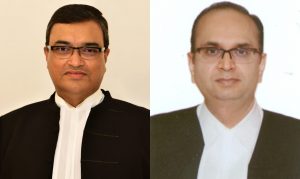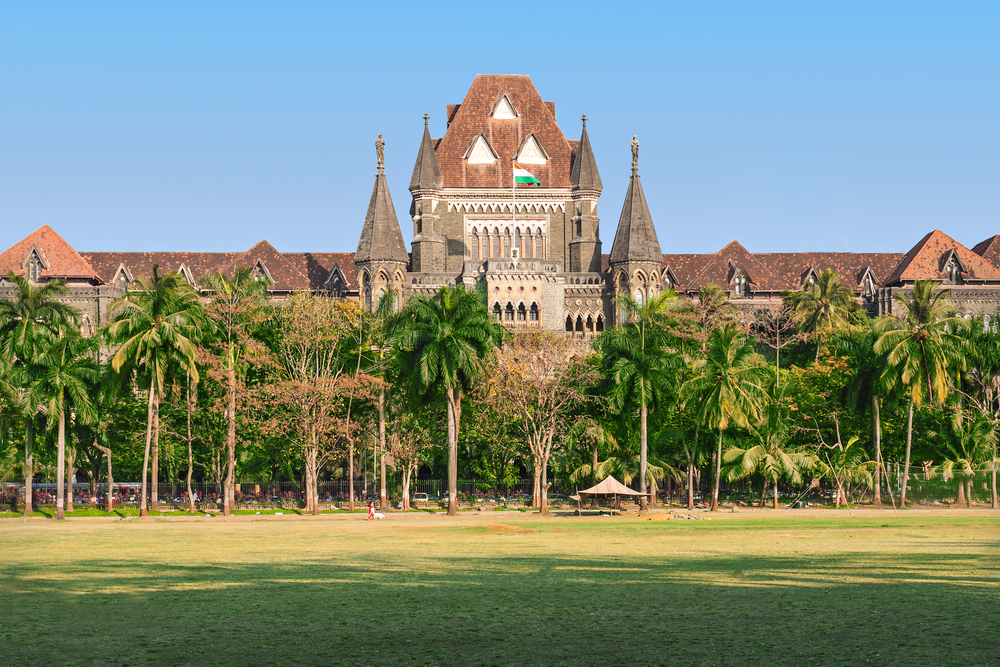The Bombay High Court Monday handed down a significant ruling against media trials -a matter of debate of late after the suicide of actor Sushant Singh Rajput.
A division bench of Chief Justice Dipankar Datta and G.S.Kulkarni directed that no report/discussion/debate/ interview should be presented by the media that could harm the interests of the accused being investigated or a witness in the case or any such person who may be relevant for any investigation, with a view to stealing a march over competitors in reporting a story.



The bench said in a case of suicide, the media must exercise restraint and refrain from depicting the deceased as a person of weak character or intruding in any manner into their privacy.
It provided a list of situations which, according to the Court, caused prejudice to an ongoing investigation which media houses must desist from referring or reporting-
- Referring to the character of the accused/victim and creating an atmosphere of prejudice for both;
- Holding interviews with the victim, the witnesses and/or any of their family members and displaying it on screen;
- Analyzing versions of witnesses, whose evidence could be vital at the stage of trial;
- Publishing a confession allegedly made to a police officer by an accused and trying to make the public believe that the same is a piece of evidence which is admissible before a Court and there is no reason for the Court not to act upon it, without letting the public know the nitty-gritty of the Evidence Act, 1872;
- Printing photographs of an accused and thereby facilitating his identification;
- Criticizing the investigative agency based on half-baked information without proper research;
- Pronouncing on the merits of the case, including pre-judging the guilt or innocence qua an accused or an individual not yet wanted in a case, as the case may be;
- Recreating/reconstructing a crime scene and depicting how the accused committed the crime;
- Predicting the proposed/future course of action including steps that ought to be taken in a particular direction to complete the investigation; and
- Leaking sensitive and confidential information from materials collected by the investigating agency;
- Acting in any manner so as to violate the provisions of the Programme Code as prescribed under section 5 of the Cable Television Networks Act, 1994 (CTVN) Act read with rule 6 of the CTVN Rules and thereby inviting contempt of court; and
- Indulging in character assassination of any individual and thereby mar his reputation.
The bench said the list was not exhaustive but indicative, and any report carried by the print media or a programme telecast by a TV channel, live or recorded, ought to be such as to conform to the Programme Code, the norms of journalistic standards and the Code of Ethics and Broadcasting Regulations; in default thereof, apart from action that could be taken under the prevailing regulatory mechanism, the erring media house could make itself liable to face action in contempt, i.e., criminal contempt.
The High Court also said media houses should guide guest speakers to refrain from making public utterances likely to obstruct the administration of justice and attract contempt. Muting speakers if they tend to go off at a tangent could be one of several ways to avoid contempt.
Commenting on the reporting by Times Now and Republic TV, the High Court said these two channels prima facie committed criminal contempt of Court but stopped short of initiating contempt proceedings.
“In the process, in an attempt to out-smart each other, these two TV channels started a vicious campaign of masquerading as the crusaders of truth and justice and the saviours of the situation thereby exposing, what in their perception, Mumbai Police had suppressed, caring less for the rights of other stakeholders and throwing the commands of the Cr.P.C. and all sense of propriety to the winds”, the High Court said.
Bombay HC admonishes Times Now and Republic TV. Says Reports/ discussions/ debates/interviews on the death of #SushantSinghRajput flew thick and fast from these channels in brazen disregard of the rule of law, the edifice on which the country’s Constitution rests.#MediaTrial pic.twitter.com/AUwAcWZbBY
— The Leaflet (@TheLeaflet_in) January 18, 2021
It said reports/ discussions/ debates/interviews on the death of Sushant Singh Rajput flew thick and fast from Republic TV and Times Now in brazen disregard of the rule of law, the edifice on which the country’s Constitution rests.
“These TV channels took upon themselves the role of the investigator, the prosecutor as well as the Judge and delivered the verdict as if, during the pandemic, except they, all organs of the State were in slumber”, the High Court observed.
It also observed that the dignity of an individual, even after he is dead, cannot be left to the mercy of the journalists/reporters. The same, being part of Article 21 (Right to Life and personal liberty), has to be protected.
The court was ruling on a batch of petitions filed against the media trial that followed the suicide of Sushant Singh Rajput. Former police officers from Maharashtra, as well as activists, lawyers, had approached the Court restraining media houses from conducting “media trial” in the Sushant Singh Rajput death case.
Read the Judgment
http://theleaflet.in/wp-content/uploads/2021/01/Bombay-HC.pdf


